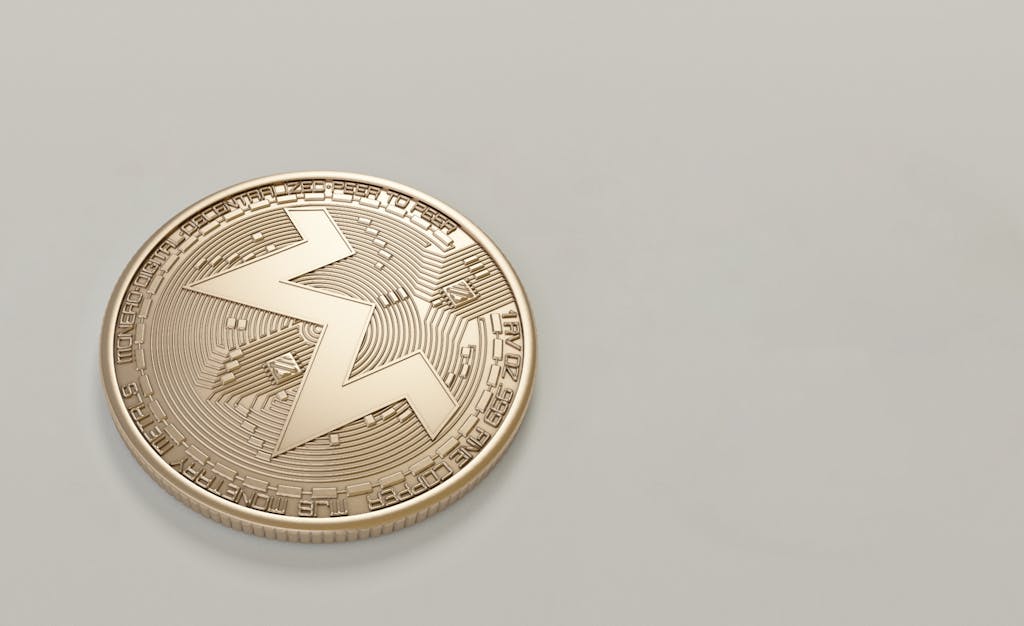The transaction speed of Monero can be influenced by various factors, as outlined in the provided sources:
- Network Congestion: Network congestion is a primary factor affecting transaction speed in Monero. When the network experiences high demand or an increased number of transactions, delays and longer transaction confirmation times can occur2.
- Block Time and Block Size: The block time and block size of a blockchain network significantly impact transaction speed. Shorter block times, like Monero’s two-minute average block time, result in faster transaction confirmations. Additionally, a larger block size allows for more transactions to be processed simultaneously, reducing transaction confirmation times3.
- Consensus Algorithm: The consensus algorithm used by a blockchain network, such as Monero’s proof-of-work system, can affect transaction speed. Different consensus algorithms have varying levels of efficiency and scalability, ultimately influencing the transactions per second (TPS) count3.
- Network Upgrades: Continuous network upgrades and innovations play a crucial role in improving transaction speed and scalability. Upgrades like the recent one in Monero that lowered transaction size and sped up encryption and verification processes contribute to faster and more efficient transactions5.
In summary, factors such as network congestion, block time, block size, consensus algorithms, and network upgrades all play a significant role in determining the transaction speed of Monero. By addressing these factors and implementing improvements, Monero aims to enhance transaction efficiency and provide users with faster and more reliable transactions.
